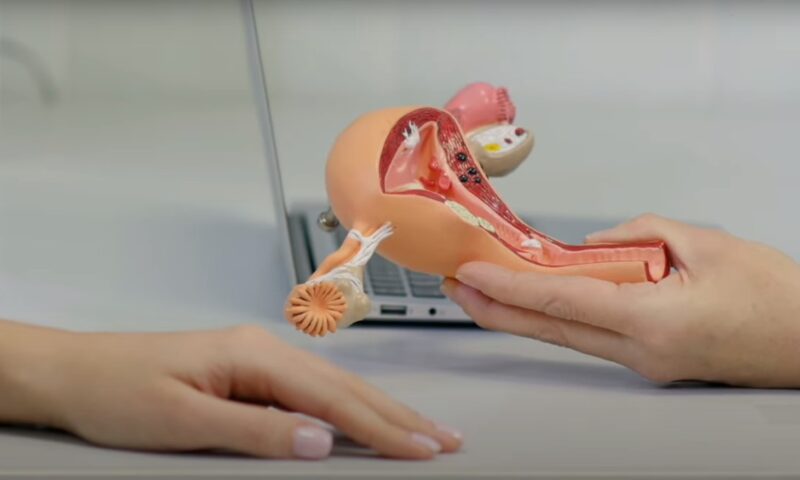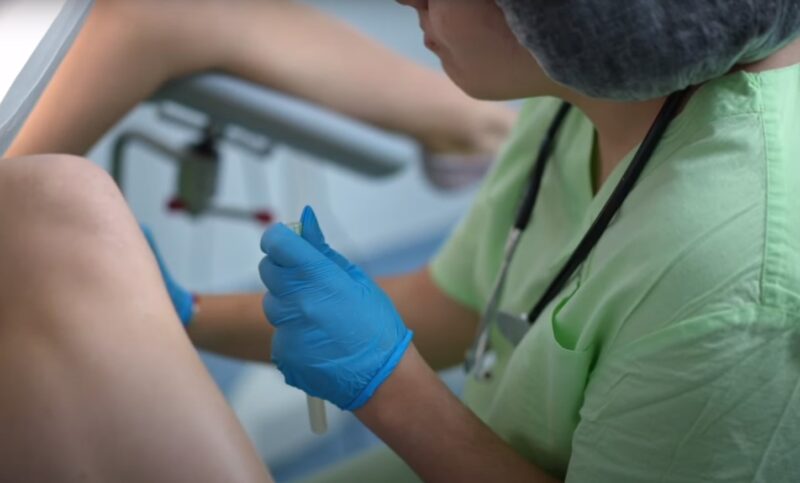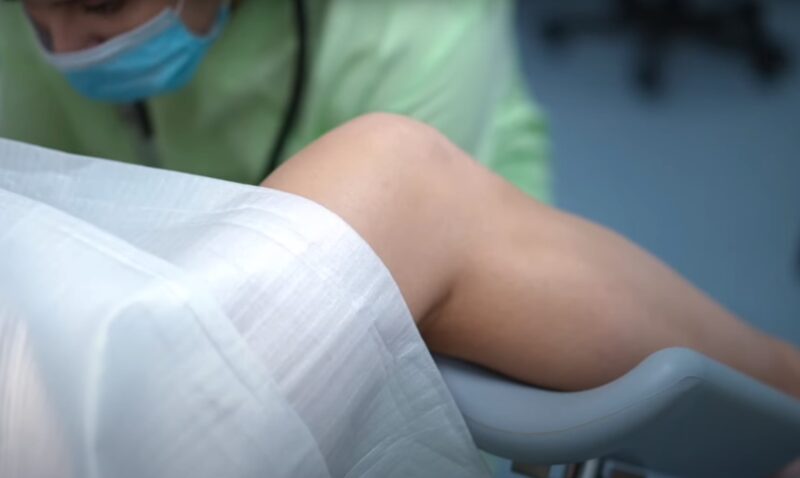“Oestrogel and the Mirena Coil” does have the ring of a sci-fi superhero blockbuster, perhaps with Chris Hemsworth leading the charge – or maybe that’s just my imagination running wild. Yet, nearly three months post-coil insertion, I’m cautiously optimistic that this might just be the HRT superhero duo I’ve been searching for.
The journey hasn’t been without its challenges, but there’s a flicker of hope shining through…
What is Oestrogel and the Mirena coil?

Oestrogel is a prescription medication that contains a form of oestrogen known as estradiol . Oestrogel itself (or Estrogel, as it is in the US) is a gel that comes in a pump form. You use around two pumps a day, rubbing the gel on either your arm and shoulder or your inner thigh. I do the thigh. It’s easier.
The Mirena coil, commonly recognized for its contraceptive properties, plays a crucial role in HRT by providing the necessary progesterone for those with a uterus. Taking estrogen without progesterone increases the risk of developing cancer of the womb, which is not a concern for those who have undergone a hysterectomy. Thus, the combination of oestrogel and the Mirena coil constitutes a comprehensive HRT regimen.
This device, a small T-shaped apparatus, is inserted into the uterus through the vagina, typically in a GP’s office. However, due to my having a retroverted uterus, my insertion procedure required general anesthesia.
At Least It Wouldn’t Be Painful…

Sure enough, I drifted off smoothly under the anesthesia, but the moment I came to, I was hit with excruciating pain. Thankfully, the nurses and theater staff were quick to administer pain relief, yet it was the most intense cramp I’ve ever experienced, surpassing even the worst bouts that confined me to bed.
It turned out my cervix presented a significant challenge, necessitating dilation by a few centimeters. I had heard such terminology in the context of childbirth but never fully grasped its meaning until now.
In essence, they needed to widen my cervix.
So, yes, a massive “ow.” Enormous. Monumental.
And then, I wept.
I wept out of sheer frustration. Tired of the constant pain, the emotional turmoil, feeling dreadful and burdensome.
Don’t misunderstand: the healthcare professionals I’ve encountered have been exceptional (with one exception). But the journey has been fraught with difficulty, and despite my advocacy and all I’ve learned, a part of me kept thinking: “This is just menopause. It shouldn’t be this challenging.”
And it really shouldn’t be. As I lay in the recovery room, overwhelmed by it all, I lamented the fact of being born female and enduring this ordeal. If only I could have altered that reality…
What Happened Next?

I returned home, only to realize that a crucial aspect of coil maintenance had been overlooked: no one had shown me how to verify its proper placement.
The Mirena coil is essential for providing the progesterone my body needs, making it imperative to ensure its presence. These devices can shift, become dislodged, or even be expelled during heavy menstrual bleeding.
Normally, one should be able to feel the coil’s string by inserting a finger into the vagina and reaching towards the cervix. Yet, despite my attempts immediately upon returning home, I couldn’t feel anything. Whether this is due to my uniquely shaped cervix remains unclear, but it necessitates a visit to the nurse at my local GP’s office for confirmation.
Indeed, it seems the challenges never cease.
Has Oestrogel and The Mirena Coil Worked?
The jury is out – although it’s hedging towards a yes.
My first few weeks of oestrogel and the Mirena coil, however, were not good. I had a lot of spotting – almost every day – and that would at times turn into a proper bleed.
When that happened, I would get the familiar PMDD blues and while they weren’t as bad as they can be, I would still feel desolate and alone.
I also felt as if I could feel the coil and felt uncomfy in my body.
But thankfully, I am lucky enough to be able to contact experts and a chat with the lovely Dr Nighat Arif after a few weeks helped.
She told me that the hormonal fluctuations could last several months and while that is a bit of a blow, knowledge is power. I know this is natural and what I’m going through is to be expected.
Nighat also advised me to take some antihistamines, which I did and they really helped. I didn’t feel so swollen and bloated.
Which has made me realise something – the last few days have been bad, with a real downturn to the dark side of the menopause, complete with itchy skin, RLS and insomnia. And lots of tears.
And I ran out of antihistamines last week and haven’t got round to replacing them. Right, off to Boots for me…
My Final Thoughts
Last week, I discussed my situation with my NHS menopause specialist and shared my cautious optimism. We’ve decided to increase my oestrogel dosage to three pumps, possibly four, in hopes of combating the pervasive sense of indifference and fatigue I’ve been experiencing. Should this adjustment prove insufficient, we’re considering the addition of testosterone to my regimen, a prospect I approach with caution due to concerns about hair loss.
However, I must also recognize the role of external stressors in my current state. The ongoing pandemic has cast a shadow of unease over daily life, and while HRT addresses menopausal symptoms, it doesn’t mitigate the broader anxieties of our times.
In response, I’m enhancing my lifestyle efforts, including starting workouts with a personal trainer, which has been a positive experience. The next step is to improve my diet and reduce alcohol consumption.
Reflecting on my journey with oestrogel and the Mirena coil, I believe they are making a difference, yet I understand that HRT is just one piece of a larger puzzle.
Menopause encompasses more than hormonal fluctuations; it’s a period of introspection, evaluating past experiences and setting intentions for the future. It’s about envisioning who I want to be moving forward, recognizing that my well-being extends beyond the scope of HRT.
This shift in perspective, contemplating my future with such intentionality, is perhaps the most promising indication that I’m on the right path. The future is indeed mine to shape…
